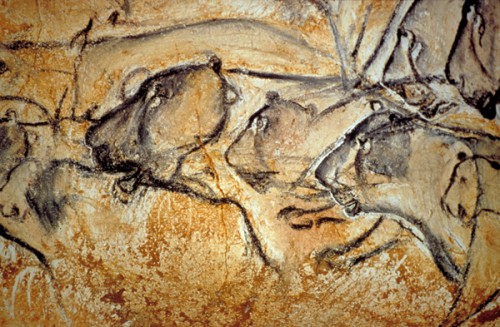 Sarah B. Pomeroy
Sarah B. Pomeroy
Spartan Women
Oxford University Press, 2002
Ancient Sparta is known not only for its great warriors, but also for its unusual treatment of women. Further north in democratic Athens, modest women were rarely educated and mostly kept sequestered indoors. But in the militarist state of Sparta, the government insisted that both boys and girls be given an education from childhood. Boys were trained to be future warriors, and women to be the mother of warriors — a task that required a variety of skills.
Sarah B. Pomeroy, a professor at New York’s Hunter College and the Graduate Center at the City University, delves into the unique education and lifestyles of women in Sparta in Spartan Women. Although its primary focus is women, the reader will learn much in the book about the men in this city-state in the south-eastern Peloponnese, as well as about the lives of both men and women in classical Athens.
Women’s Education in Sparta
Compared to other Greek women, Spartans had vastly more free time to do what they wanted. One reason for this was because Sparta was highly dependent on the labor of slaves (called helots), and Spartan citizens were not allowed to engage in most forms of manual labor. This meant that even the women were free from much domestic drudgery. The men of Sparta were full-time warriors, and consequently, Spartan women were usually more cultured than the men. For example, girls were trained in singing, dancing, and playing instruments, and singing competitions often were held between individuals and rival choruses.
Pomeroy says that there is much reason to believe that literacy was common among women in Sparta. There are numerous references to women writing letters to their sons at war (usually these consisted of urging their sons to be brave warriors). And Spartan women also were encouraged in public speaking. In Protagoras, Plato even refers to the women of Sparta and Crete, who take pride in their educations and are skilled in philosophical debate. Common themes for women’s speeches included praising the brave and reviling cowards and bachelors. Another testimony to Spartan women’s education: The Neoplatonist philosopher Iamblichus said there were 17 or 18 women among Pythagoras’ 235 disciples; about one-third of the women were Spartans, while less than 1 percent were Spartan men.
Women could own land in Sparta, and by Aristotle’s time, they owned two-fifths of the land in Laconia. Another privilege of Spartan women, according to Pomeroy: “of all Greek women, Spartans alone drank wine not only at festivals, but also as part of their daily fare.” Although they could not vote, they participated in political campaigns and were said to have much influence over their husbands (according to Aristotle).
Spartan Women and Sports
Spartan Women also details women’s role in sports, another area where they were able to receive training and to excel. Their training was similar to that of boys, but less intense. Women participated in trials of strength, racing competitions, wrestling, discus throwing, and hurling the javelin. Some athletic competitions were held in honor of female deities.
The encouragement of athleticism in women appears to be based on women’s role as mothers. According to Xenophon, Lycurgus (who created Sparta’s constitution) thought that having two physically healthy parents would be more likely to produce healthy offspring.
Young men and women often exercised in the nude, and there was even a “Festival of Nude Youths.” Confirmed bachelors, according to Plutarch, were banned from attending. For the others, it was a chance to view potential marriage partners.
Marriage in Sparta
Spartan women were usually married at 18—later than other Greek women—and the marriages were unusual for Greece at the time. Unlike in Athens, where a 15-year-old girl might marry a man twice her age, Spartan couples were usually close to the same age. The men lived with other men in military groups until age 30, so there was no “nuclear family” until later in life. Husbands and wives were not encouraged to spend a lot of time together, the idea being that absence created stronger passions between the pair, and that the child resulting from a passionate union would be stronger.
The marriages in Sparta were “mostly monogamous.” Although couples were married, it wasn’t uncommon for a woman to have another man’s child than her husband’s, if the man could persuade the husband to allow it. As the population declined, men began fathering children with the helots (the children would be partial citizens); but the consequence was that their legitimate wives began having fewer children. There appears to have been no penalty for adulterous women, like in other parts of Greece where they could be punishable with death.
The Importance of Motherhood
Spartan Women spends many pages describing the role of motherhood in Sparta, since being a mother (particularly the mother of a brave warrior) was the highest honor for women. The only women who were permitted gravestones were priestesses and those who died in childbirth. Women spent much of their time actually involved with their children, since slaves did many of the domestic chores and families were provided with rations of food by the state. Women did work, but it was more as managers than as servants. Before the decline of Sparta, greed was considered a vice, so women’s pursuits were more centered on the arts and their children rather than accumulating material things. In fact, Spartan women were forbidden to wear gold or use cosmetics.
Because they were so involved with their children’s upbringing, women felt very responsible for their children’s successes (and failures) in life. Many of these attitudes can be found in Plutarch’s Sayings of Spartan Women, where he recounts women disowning and even killing cowardly sons.
One of Pomeroy’s most interesting discoveries involves the practice of infanticide. It’s a well-documented fact that deformed or weak babies would be thrown into a chasm on Mount Taygetos, a form of eugenics that ensured a strong military for the state, and that only worthy candidates would be awarded the land and education that was the right of every Spartan citizen. Pomeroy presents a valid case that female babies were not put to the same scrutiny as the males (except for obvious physical deformities). Not all male babies were capable of being warriors, but even the weakest female baby could grow into a mother of warriors.
Women and Religion in Sparta
Unlike most societies in ancient Greece, the private family religious cult was virtually unknown in Sparta. There are several main reasons for this: The first is because there was such an emphasis on community, so primary loyalty was to the state not the family. The militaristic nature of Sparta meant that transcendent values and actions were more important than biological ties (as evidenced by the willingness to kill family members). And finally, since married couples lived apart until the man was 30, and since children went away from home to be educated at a young age, the “family” as we think of it today was never very solidified.
Religion was important to women in Sparta, however. The popular cults for women included those of Dionysus, Eileithyia (a fertility goddess), Artemis, Hera, Helen of Troy, Demeter, Apollo, Athena, and Aphrodite. Spartan Women goes into details about each of these cults, and also discusses the role of women priestesses at various periods in the city-state’s history.
* * *
Spartan Women is scholarly and well-researched, yet written in an easy-to-understand style for a general audience. My only complaint is that much of the information is repeated at many places throughout the book — however, it is evidence of thorough research and ensures that you can read any chapter and receive all of the relevant information. I’d highly recommend it to anyone interested in the history of either Sparta or Athens, women’s roles in traditional societies, and women’s roles in pagan religions.


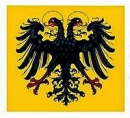
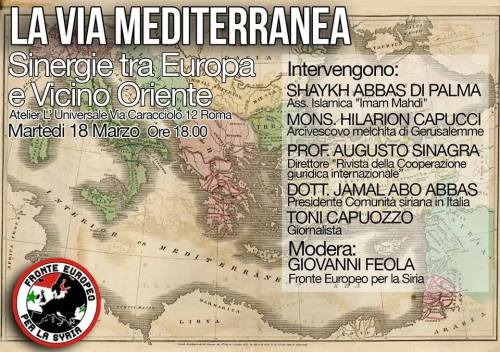

 del.icio.us
del.icio.us
 Digg
Digg


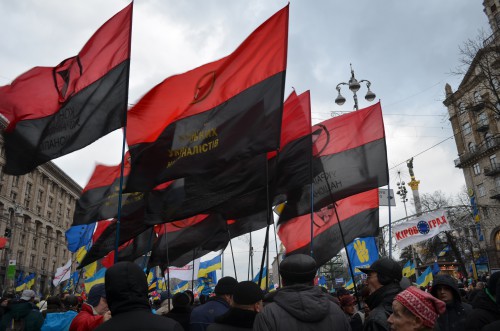
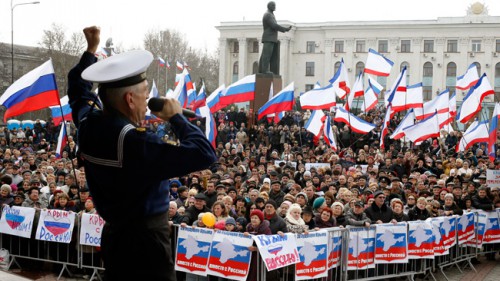
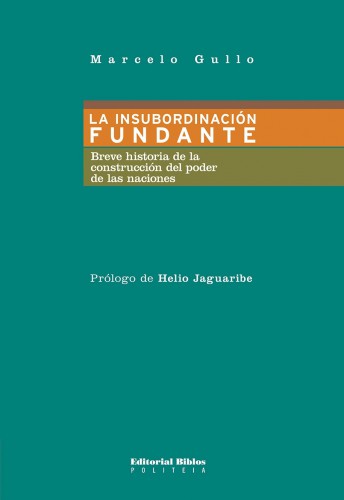
 Con “Insubordinación fundante”, Marcelo Gullo alcanza plena y brillante realización de su propósito de estudiar, histórica y analíticamente, desde la periferia, las relaciones internacionales. El concepto de periferia, para Gullo, adquiere un doble significado: se trata, por un lado, de una perspectiva y, por otro, de un contenido.
Con “Insubordinación fundante”, Marcelo Gullo alcanza plena y brillante realización de su propósito de estudiar, histórica y analíticamente, desde la periferia, las relaciones internacionales. El concepto de periferia, para Gullo, adquiere un doble significado: se trata, por un lado, de una perspectiva y, por otro, de un contenido.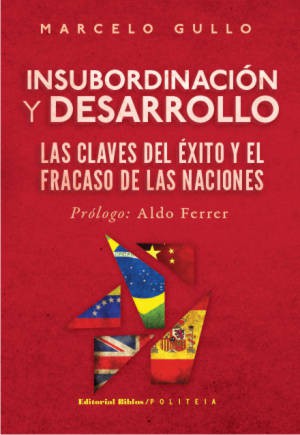 La industrialización británica, incipiente desde el renacimiento isabelino y fuertemente desarrollada desde fines del siglo XVIII con la Revolución Industrial, tuvo, como condición fundamental, el estricto proteccionismo del mercado doméstico y el conveniente auxilio del Estado al proceso de industrialización. Obteniendo para sí buenos resultados de esa política, Gran Bretaña se esmerará en sostener, para los otros, los principios del libre cambio y de la libre actuación del mercado y condenará, como contraproducente, cualquier intervención del Estado. Imprimiendo a esa ideología de preservación de su hegemonía las apariencias de un principio científico universal de economía, logró con éxito persuadir de su procedencia, por un largo tiempo (de hecho, pero teniendo como centro Estados Unidos, hasta nuestros días), a los demás pueblos que, así, se constituyeron, pasivamente, en mercado para los productos industriales británicos y después para los norteamericanos, y permanecieron como simples productores de materias primas.
La industrialización británica, incipiente desde el renacimiento isabelino y fuertemente desarrollada desde fines del siglo XVIII con la Revolución Industrial, tuvo, como condición fundamental, el estricto proteccionismo del mercado doméstico y el conveniente auxilio del Estado al proceso de industrialización. Obteniendo para sí buenos resultados de esa política, Gran Bretaña se esmerará en sostener, para los otros, los principios del libre cambio y de la libre actuación del mercado y condenará, como contraproducente, cualquier intervención del Estado. Imprimiendo a esa ideología de preservación de su hegemonía las apariencias de un principio científico universal de economía, logró con éxito persuadir de su procedencia, por un largo tiempo (de hecho, pero teniendo como centro Estados Unidos, hasta nuestros días), a los demás pueblos que, así, se constituyeron, pasivamente, en mercado para los productos industriales británicos y después para los norteamericanos, y permanecieron como simples productores de materias primas.